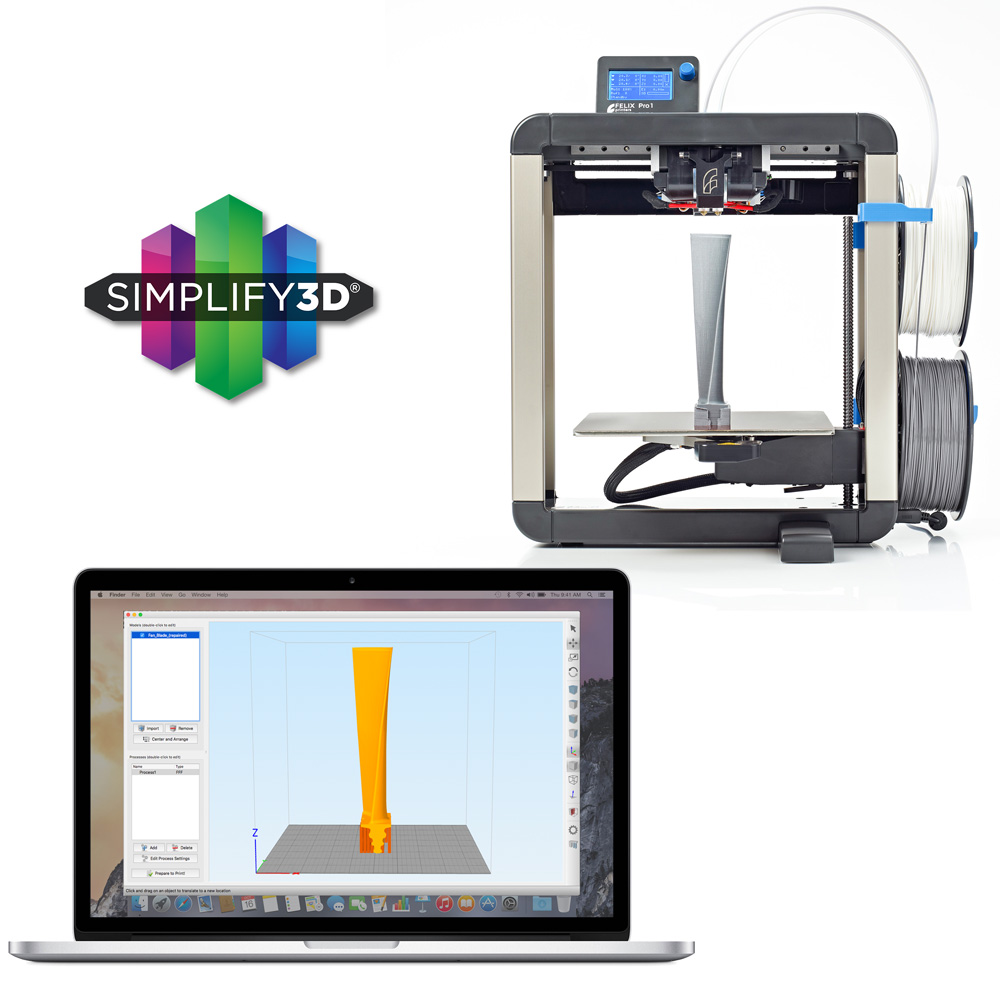

Specifically, I realized I've never fully understood the difference between process, profile, material, and quality settings in Simplify 3D.īased on the number of discussions on this topic in the Simplify 3D forums, this also seems like a confusing topic for many Simplify 3D users. And with spending so much time modeling, slicing, and printing, I've realized there are still some features of Simplify 3D that I don't fully understand. And also purchased a second 3D printer to keep up with demand and enable printing larger parts. But I've mostly used it for one-off prints, slicing a 3D model to make a single print and then moving on to another project.īut I've recently been printing a lot of Starlink Tripod Adapters which I've been selling on Etsy. Simplify 3D has been my go-to 3D printing slicer for many years. You can click “Save Toolpaths to Disk” if you want to export these files onto your local hard drive or transfer to your printer’s SD card.Understanding the difference and how to use process, profile, material, factory, and quality settings in Simplify 3D version 4. If you choose to print over USB, there is no need to save a copy of your toolpath files, as you will be streaming this information directly to the printer. When you are satisfied with the preview, you have two options: 1) Begin printing over USB, or 2) Save Toolpaths to Disk. You will be able to inspect a realistic preview of these instructions so that you can see exactly how your part will be constructed. When you are ready to create these toolpath files in Simplif圓D, click “Prepare to Print”, and your model will be sliced into the individual layers and toolpath instructions. The same would apply to any other file format (MAKERBOT, 3W, G3DREM, BFB, etc). This way you have the standard GCODE file which shows the plain-text instructions that are used for the print, as well as the binary X3G file that your printer needs. For example, if your printer uses X3G files, Simplif圓D will export both a GCODE and X3G file when you are ready to begin printing. Thankfully, if your printer uses a different file format, Simplif圓D makes it easy to create these other files as well.

If you want to learn more information about the commands that exist in this file, be sure to review our 3D Printing G-Code Tutorial. This is a plain-text file, where each line in the file represents a new command for your 3D printer. The GCODE file is the standard file format that most users will be familiar with. There are many different toolpath file formats that exist, as many of the machines that are available use a unique format for these instructions.


 0 kommentar(er)
0 kommentar(er)
